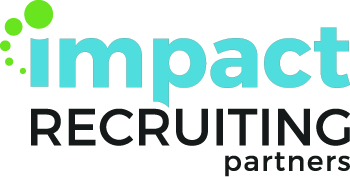Onboarding is a critical phase in the employee lifecycle. It sets the tone for an individual’s experience within the company. It’s more than just an introduction, it’s the foundation of the employee’s success within the organization, and affects engagement, productivity, and retention. As recruiters and hiring managers, implementing effective onboarding practices can significantly impact your organization’s success. This article will delve in deep to help employers create a great experience for new hires and set them up for success.
Good onboarding starts before the first day. Pre-boarding activities, such as sending welcome emails, providing an overview and/or schedule of the first week and first duties, and ensuring that the new hire’s workplace is ready can alleviate first-day anxieties and demonstrate your organization’s enthusiasm for the employee. When the first day begins, make a great impression. Welcome them warmly, introduce them to the team, and maybe even surprise them with a small welcome gift or fun branded merchandise. This can help the new hire feel appreciated and part of the team.
While necessary, the administrative portion of onboarding can be tedious. Streamlining the processes through digital platforms, as well as cutting the fat where you can, can allow new hires to complete the onboarding electronically and at a faster pace. This frees up more time for engaging activities and learning, improving efficiency and satisfaction by reducing the new employee’s frustration.
Providing a structured onboarding program ensures that the employee understands the role, expectations, and how they fit into the larger organization. A mix of formal training sessions, shadowing, milestone meetings, and short checkups from beyond the first week can ensure that the employee is on the same page as you and the rest of the company. Staying involved also allows you to keep track of where they are succeeding and where their shortcomings are regarding work, allowing you to inform them and for them to pivot.
Pairing new employees with a mentor or a partner can significantly ease the transition. This go-to person can offer guidance, support, and insight into the company culture and processes. It’s an effective way to make new hires feel supported and connected from the start.
Building a strong network is crucial for new employee integration. Facilitate opportunities for new hires to connect with colleagues through team lunches, company-wide meet-and-greets, or interest-based groups within the company. These interactions are vital for building a sense of belonging and camaraderie.
An effective onboarding process is pivotal in shaping a new hire’s perception of their employer and determining their engagement and productivity levels. By implementing these best practices, employers can ensure that new employees feel welcomed, valued, and prepared to embark on their journey with the company. Remember, successful onboarding doesn’t just benefit the new hire; it enhances team dynamics, bolsters company culture, and contributes to the overall success of the organization.

